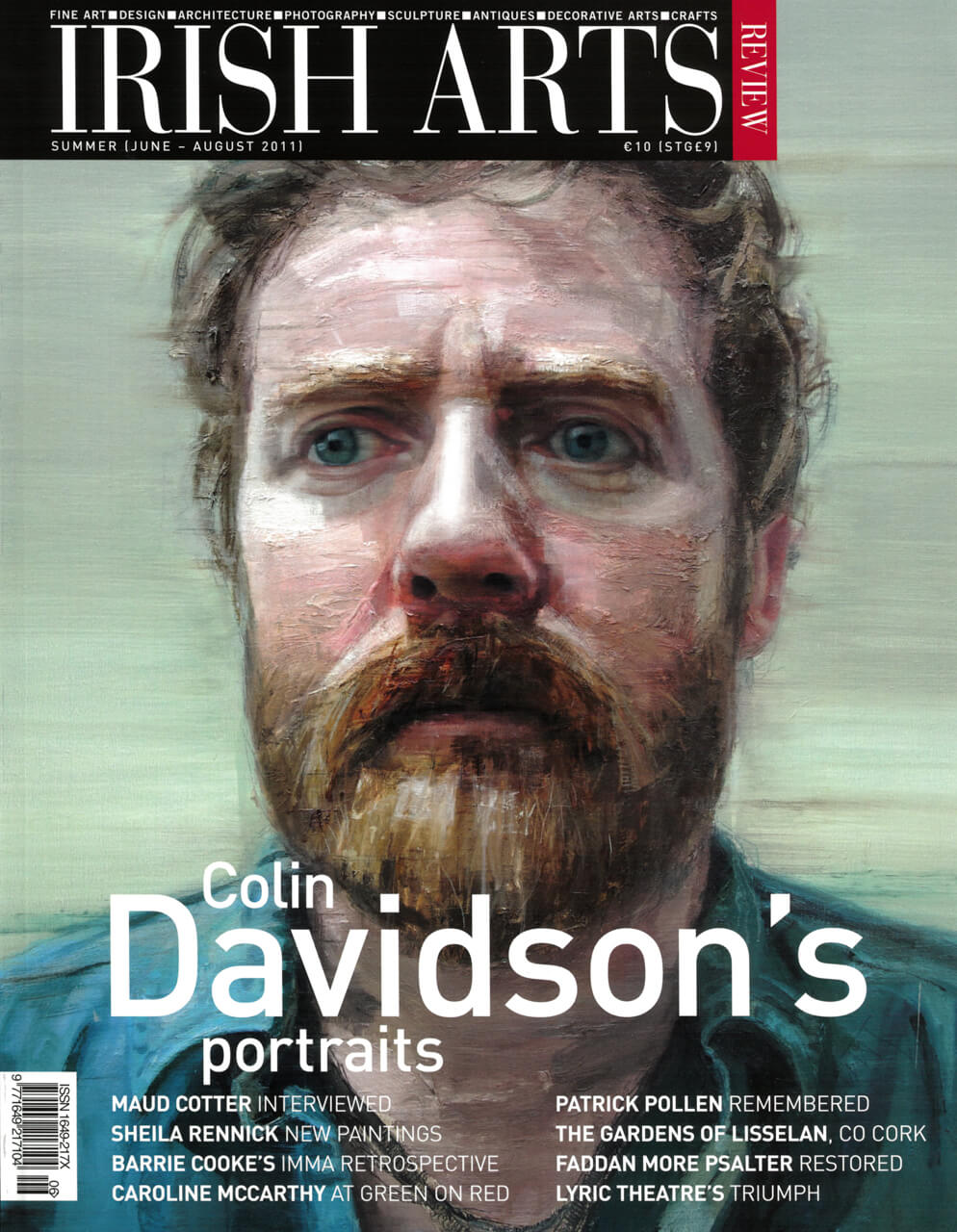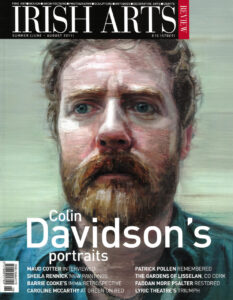

Ahead of Dragana Jurisic’s solo show at the RHA in September we republish Stephanie McBride’s examination of the photographer’s 2011 show at the Droichead Arts Centre, studies of urban survival taken during the Celtic Tiger years, revealing Ireland’s struggling society.
A mixed gathering of human figures are frozen in time: waiting for a bus, avoiding eye contact, bent on ‘civil inattention’ in the flow of the everyday. Some are laden down with branded shopping bags, others are caught up in the dazed inertia of mundane rituals. Around the waiting classes are the butcher shop and fishmonger signs, once bright and colourfully confident but rusting now, fallen into disuse, no longer vital centres of a community but bypassed by convenience stores.
The Croatian-born, Dublin-based photographer Dragana Jurisic’s ‘Seeing Things’ series (a title borrowed from Seamus Heaney’s 1991 poetry collection) looks at the overlooked and the marginal, the unloved and unlovely scraps of urban spaces during the Celtic Tiger boom.
The series developed out of a commission from the Combat Poverty Agency, which invited her to produce ‘a bank of photographs depicting poverty in Ireland’. If the glut of conspicuous consumption is a nauseating spectacle, its opposite, that of need and poverty, offers a less easy mode of visualization, often requiring a more metaphoric nuance and address.
Jurisic’s photographs reimagine several city-centre locations. In one image, brash reds pull us into one scene where seagulls swoop and dive while a figure collapses at the edge of the frame, discarded and discharged.
In another, an artificial flock of white doves glide in surreal flight across a window’s surface (Fig 5), while the scene within is a ghostly babble of many telephone conversations, of stories and messages crackling across global wires and networks. But on top of these two layers is a third: the reflection of the photographer herself. Her appearance explicitly visualizes her approach, and reveals a self-reflexive awareness of, and unease in, her role as the image-maker.
Yet the compositions themselves are assured, with small details drawing us in – the insignia of a BMW just nudging into the frame; a film poster’s fractured images (Fig 2), its title providing anchorage for her concerns; the blank stare of vacant, boarded-up premises, the shuttered facades of redbrick houses with their faltering echoes of better times and other stories. Or an expanse of grey tarmac, marked out with parking spaces, becomes a stage for other mini-narratives as a cyclist exits top left while another encounter unfolds bottom right – all within a surveillance perspective (Fig 6). Her images render us unwitting voyeurs, in a glimpse of old, worn and determined hands clutching a wicker shopping-basket on a bus-journey (Fig 1), or in the crutch gripped by a hand with tattooed birds in fixed but endless flight (Fig 3).
The bird motif is a recurrent metaphor in the series, and extends to that of the bird’s flight in contrast with the entrapped and tethered humanity below – those who wait in line and queue for the bus, for hospital appointments and for welfare – in the defining fundamental social differences between rich and poor. Jurisic’s images reflect the photographer’s dilemma, creating a tension between omniscience and intimacy, between distance and empathy, in seeing things and making them more visible.
Dragana Jurisic ‘Seeing Things’ , Droichead Arts Centre, Drogheda
8 June – 16 July 2011. All images ©The Artist.
Stephanie McBride has written widely about film, art and visual culture in the Irish Times and Film Ireland.
From the IAR Archive
First published in the Irish Arts Review Vol 28, No 2, 2011.



